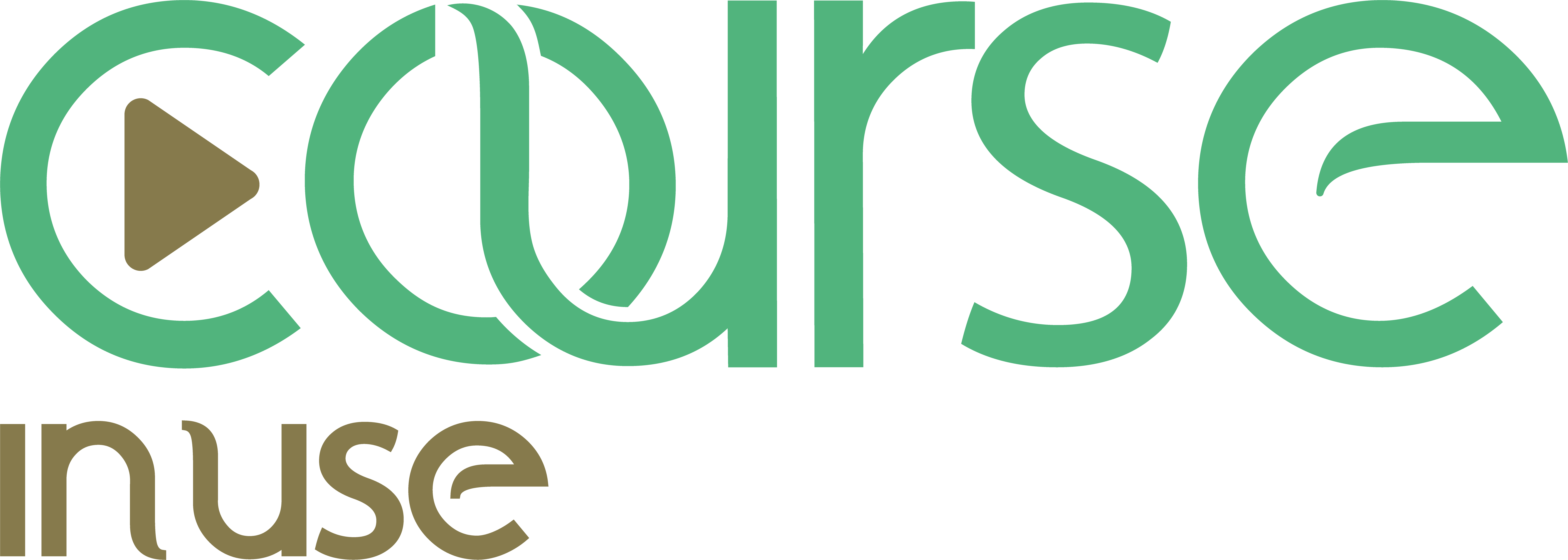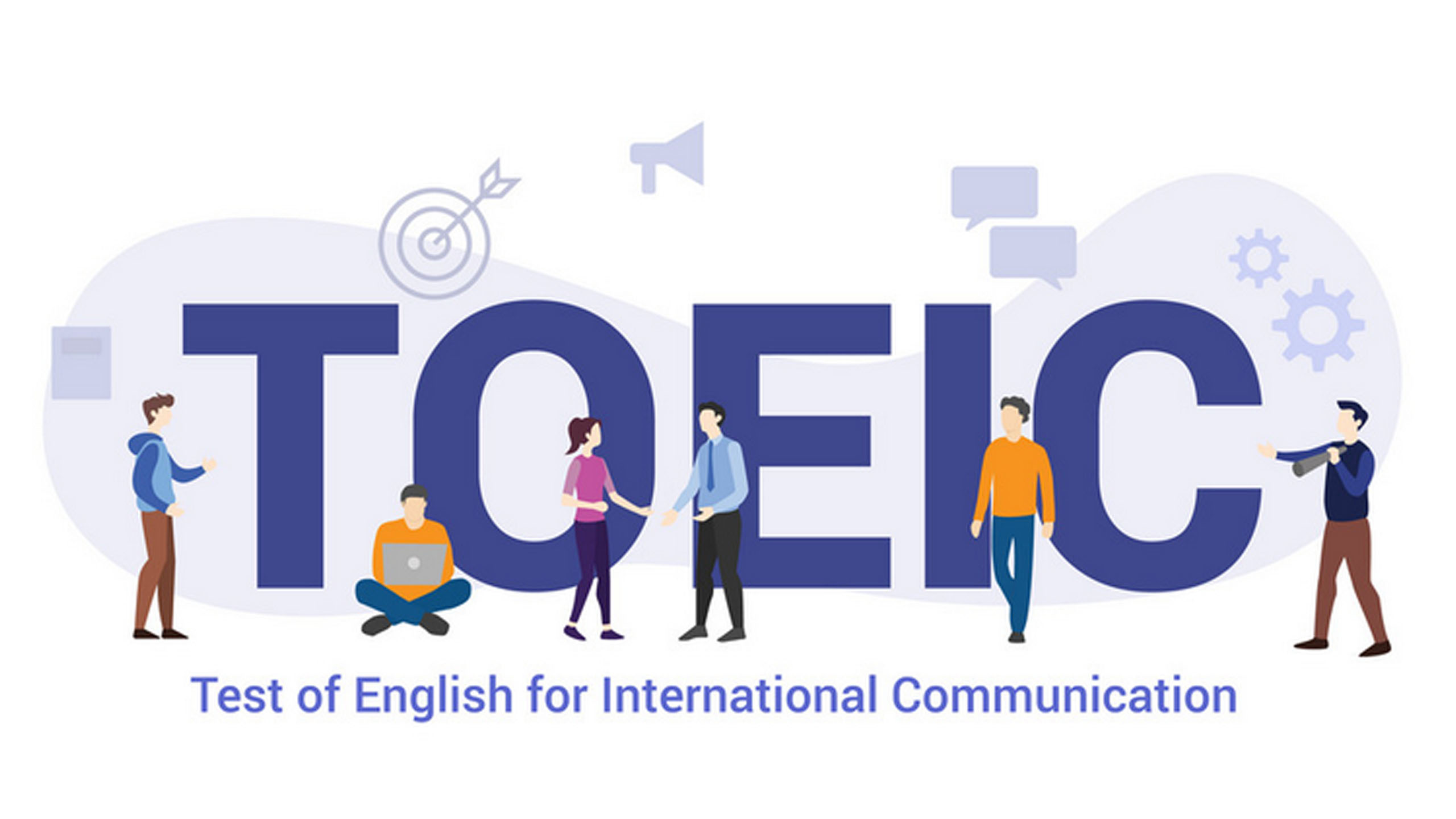The Test of English for International Communication (TOEIC) is an internationally standardized test designed to assess the everyday English skills of non-native speakers working in an international environment. It measures proficiency in listening, reading, speaking, and writing. Many employers use TOEIC scores during recruitment processes to evaluate candidates’ English proficiency in professional contexts. As mentioned, the TOEIC exam stands for the “Test of English for International Communication. This international exam is administered by ETS. Another well-known test administered by this organization is the TOEFL exam.
Therefore, if you intend to work in an international company, a government agency, or a company in English-speaking countries, you need to assure your employer that you have the necessary skills to communicate effectively in English. Thus, if your career goal requires complete proficiency in English, the TOEIC test is suitable for you, and having a TOEIC score on your resume can be a strong asset.
Purpose of the TOEIC Exam
The Test of English for International Communication (TOEIC) serves several purposes:
- Global Job Market Advancement: Professionals worldwide use TOEIC scores to enhance their careers and seize employment or educational opportunities globally. These scores can help you stand out in a competitive job market, demonstrate your ability to communicate with co-workers and clients, and secure job promotions within companies¹.
- Fair and Trusted Scoring: Over 14,000 organizations across 160 countries trust TOEIC scores. ETS ensures fairness by maintaining comparable test scores and avoiding unfair advantages or disadvantages for test takers. The test questions are based on real-life work situations, accurately evaluating English communication abilities.
- Measurement of Communication Skills: The TOEIC program offers various tests:
- TOEIC Listening and Reading: Measures listening and reading skills.
- TOEIC Speaking and Writing: Assesses speaking and writing abilities.
- TOEIC Bridge: Designed for beginner to intermediate learners, it measures all four communication skills. You can take the Speaking and Writing tests together or separately, alongside the Listening and Reading tests.
In summary, the TOEIC test helps individuals showcase their English proficiency for employment, academic, and personal development purposes, making it a globally recognized and standardized assessment.
Advantages and disadvantages of TOEIC test
- Advantages of TOEIC:
- Business and Workplace Focus: The TOEIC test specifically targets business and workplace English. It emphasizes business vocabulary and prepares you for workplace conversations, meetings, and professional communications.
- Easier to Pass: Compared to the TOEFL, the TOEIC is generally considered easier because it only assesses listening and reading skills. It evaluates whether a candidate can understand an English workplace environment.
- Shorter Test Time: If you take the TOEIC online (TOEIC IP), the test duration is only one hour, half the time of the public test.
- Disadvantages of TOEIC:
- Limited Validity: Keep in mind that the TOEIC test has a limited validity period.
- No Speaking or Writing Sections: Unlike the TOEFL, the TOEIC does not assess speaking or writing skills, which may be a disadvantage if you need a more comprehensive evaluation of your English proficiency.
In summary, TOEIC is well-known for workplace English and is widely accepted as a general certificate of proficiency for non-native speakers entering the English-speaking work environment.
TOEIC test options
TOEIC is administered as three separate tests. One test assesses the English skills that you receive from the environment, namely receptive English, which includes reading and listening. The other test evaluates the English skills that an individual is capable of producing, namely productive English, which includes speaking and writing skills. The third type of this exam is the TOEIC Bridge exam, which is designed for beginners and intermediate learners. It assesses basic English proficiency and includes sections on listening, reading, speaking, and writing. This test allows students to test themselves in one or all three tests according to their needs.
The TOEIC program overview:
- TOEIC Listening and Reading Test: This test evaluates listening and reading skills. It consists of two equally graded sections, totaling a possible 990 score. The sections include photographs, question-response, conversations, and talks.
- TOEIC Speaking and Writing Test: This test assesses speaking and writing abilities
- TOEIC Bridge Exam: Designed for beginners and intermediate learners, this test measures basic English proficiency. It covers listening, reading, speaking, and writing.
TOEIC scoring
TOEIC listening and reading Test scoring system:
- Listening Section:
- Scores range from 5 to 495 points.
- Reading Section:
- Also scored from 5 to 495 points.
- Total Score:
- The total score combines the listening and reading sections.
- It ranges from 10 to 990 points
- These scores are linked to CEFR levels from A1 to C1.
Remember that the TOEIC test assesses everyday English skills in a workplace context. Higher scores indicate better proficiency, which can enhance career prospects and open up job opportunities.
TOEIC Speaking and Writing Test scoring system:
- Level 9 (200 points):
- Test takers at this level can communicate straightforward information effectively.
- They use reasons, examples, or explanations to support an opinion, and their writing is well-organized and well-developed¹.
- Level 8 (190-200 points:(
- Can create connected, sustained discourse appropriate to the typical workplace.
- Highly intelligible speech with good grammar and accurate vocabulary.
- Able to answer questions and give basic information¹.
- Level 7 (160-180 points):
- Create sustained discourse appropriate to the workplace.
- Some minor weaknesses in pronunciation, grammar, or vocabulary.
- Highly intelligible when reading aloud.
- Level 6 (130-150 points)
- Relevant responses when expressing opinions or responding to requests.
- Some unclear reasons or explanations.
- Intelligible when reading aloud¹.
- Level 5 (110-120 points)
- Limited success in expressing opinions or responding to requests.
- Inaccurate, vague, or repetitive language.
- Intelligible when reading aloud, but inconsistent pronunciation when creating language¹.
- Level 4 (80-100 points)
- Unsuccessful at explaining opinions or responding to requests.
- Severe limitations in language use, vocabulary, and pronunciation.
- Cannot answer questions or give basic information.
Remember that these scores provide insights into your English proficiency, especially in a workplace context. If you’re preparing for the TOEIC, understanding these descriptors can help you focus on areas for improvement.
TOEIC Bridge Test scoring system:
As mentioned, the TOEIC Bridge test assesses English-language proficiency across four skills: listening, reading, speaking, and writing. Below, we provide a detailed breakdown of the scoring system for this test.
- Listening:
- Maximum score: 90 points
- Minimum score: 10 points
- Test format: 50 multiple-choice questions grouped into 4 parts:
- Part 1: Four Pictures (6 questions)
- Part 2: Question-Response (20 questions)
- Part 3: Conversations (10 questions)
- Part 4: Talks (14 questions)
- Reading:
- Maximum score: 90 points
- Minimum score: 10 points
- Test format: 50 multiple-choice questions grouped into 3 parts:
- Part 1: Sentence Completion (15 questions)
- Part 2: Text Completion (15 questions)
- Part 3: Reading Comprehension (20 questions)
- Speaking:
- Maximum score: 200 points
- Test format: 8 questions grouped into 6 task types:
- Read a Short Text Aloud (2 questions)
- Describe a Photograph (2 questions)
- Listen and Retell (1 question)
- Short Interaction (1 question)
- Tell a Story (1 question)
- Make and Support a Recommendation (1 question)
- Writing:
- Maximum score: 200 points
- Test format: 9 questions grouped into 5 task types:
- Build a Sentence (3 questions)
- Write a Sentence (3 questions)
- Respond to a Brief Message (1 question)
- Write a Narrative (1 question)
- Respond to an Extended Message (1 question)
TOEIC test registration process
- Choose the Test Type:
- Decide which TOEIC test you want to take: TOEIC Listening and Reading, TOEIC Speaking and Writing, or TOEIC Bridge (for beginners).
- Visit the official ETS TOEIC registration page to explore available test options.
- Access Available Sessions:
- Click “Register to a test” on the ETS Global website.
- Select the TOEIC Listening and Reading test and choose from the available dates and test centers near you.
- Personal Information**:
- Fill in your details during registration.
- Make sure to use the same name that appears on your primary ID (which you’ll present at the test center).
- Upload Your Photo:
- Upload a photo that meets the requirements. This photo will appear on your certificate of results.
The documents required for TOEIC exam registration typically include the following:
- Identification Document:
- A valid government-issued ID such as a passport, national ID card, or driver’s license. The ID should include a photo and a signature.
- Photograph:
- A recent passport-sized photograph may be required. Check the specific guidelines for the photo, as requirements can vary.
- Registration Form:
- A completed TOEIC registration form. This can usually be filled out online or on paper, depending on the test center’s process.
- Payment Receipt:
- Proof of payment for the exam fee. This could be a bank receipt, a credit card statement, or an online payment confirmation.
- Proof of Eligibility:
- Some test centers may require proof of eligibility, such as a student ID or proof of employment, especially if you are taking the test for academic or professional purposes.
Please note that for the most accurate and up-to-date information and required documents for registration, refer to the official TOEIC website.
TOEIC Exam Fee Structure
|
Exam Section |
Fees(USD) |
|
Writing and Speaking Part |
$80-85 |
|
Listening and Reading Part |
$80-85 |
|
TOEIC Bridge Test |
$80-85 |
- 1. Official ETS Materials:
- ETS (Educational Testing Service) provides official TOEIC test preparation materials, including examinee handbooks and sample tests.
- 2. Examinee Handbook:
- The TOEIC Listening and Reading Examinee Handbook is a must-read for first-timers. It offers insights into the test format, sample questions, and helpful tips.
- 3. Complete Guide to the TOEIC Test:
- ETS Global provides a comprehensive guide that covers strategies, audio scripts, and answer keys. It includes:
- Eight Keys to Higher Scores” section with overall preparation strategies.
- An audio script and answer key booklet for listening material.
- An audio program featuring various accents used in the Listening section.
Best Practices for TOEIC Exam Success
If you plan to work in an international organization or an English-speaking company, you should note that having a high score on the TOEIC test can position you favorably with potential employers. Below, we have highlighted some strategies that can help you achieve a high score.
- Official ETS Materials:
- ETS (Educational Testing Service) provides official TOEIC test preparation materials, including examinee handbooks and sample tests.
- Familiarize Yourself with the Test Structure:
- Before diving into your TOEIC preparation, understand the test structure. Familiarize yourself with the different sections, question types, and time limits.
- Develop Strong Vocabulary and Grammar Skills:
- Work on expanding your vocabulary and improving your grammar. Regular reading and exposure to English content will help.
- Practice Active Listening:
- Listen to English audio, podcasts, and news. Pay attention to pronunciation, intonation, and context.
- Enhance Reading Comprehension Skills:
- Read English articles, books, and news. Focus on understanding the main ideas, details, and inference.
- Take Practice Tests:
- Use official TOEIC practice tests to simulate exam conditions. Analyze your performance and identify areas for improvement.
- Improve Time Management Skills:
- During the test, pace yourself. Don’t linger on difficult questions. Keep an eye on the time remaining.
- Review and Analyze Mistakes:
- After practice tests, review incorrect answers. Understand why you made mistakes and learn from them.
- Utilize Study Groups and Language Partners:
- Join study groups or find language partners to practice speaking and listening skills.
| Aspect | TOEIC | TOEFL |
| Purpose | Workplace and business communication | Academic study and university admissions |
| Test Sections | Listening and Reading
|
Reading, Listening, Speaking, and Writing |
| Scoring Range | 10–990 points
|
0–120 points
|
| Validity Period | 2 years | 2 years |
| Test Format | Multiple-choice questions | Integrated tasks and independent responses |
| Focus | Practical English for Work Contexts | Academic English proficiency |
| Common Use Cases | Job applications, promotions, career growth | University admissions, scholarships |
TOEIC vs TOEFL: Which Test is Right for You?
The choice between the TOEIC and TOEFL depends on your specific goals and aspirations:
- TOEIC: Tailored for a career in a global business setting. Measures proficiency in English relevant to the workplace.
TOEFL: Ideal for pursuing higher education in an English-speaking country. Focuses on academic communication skills
Course In Use website is the best Comprehensive resources for learning international online courses and preparing for international exams.




